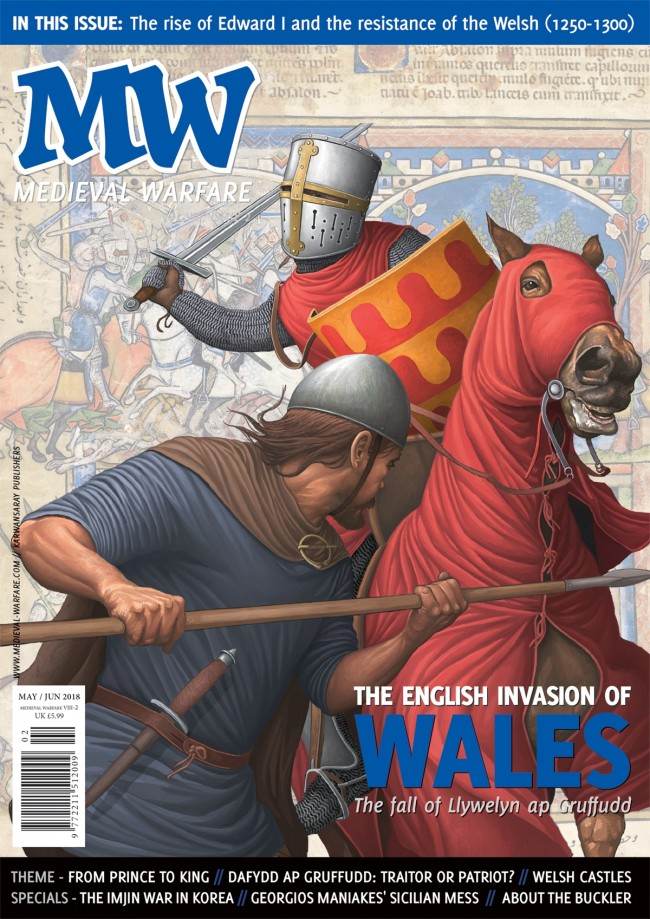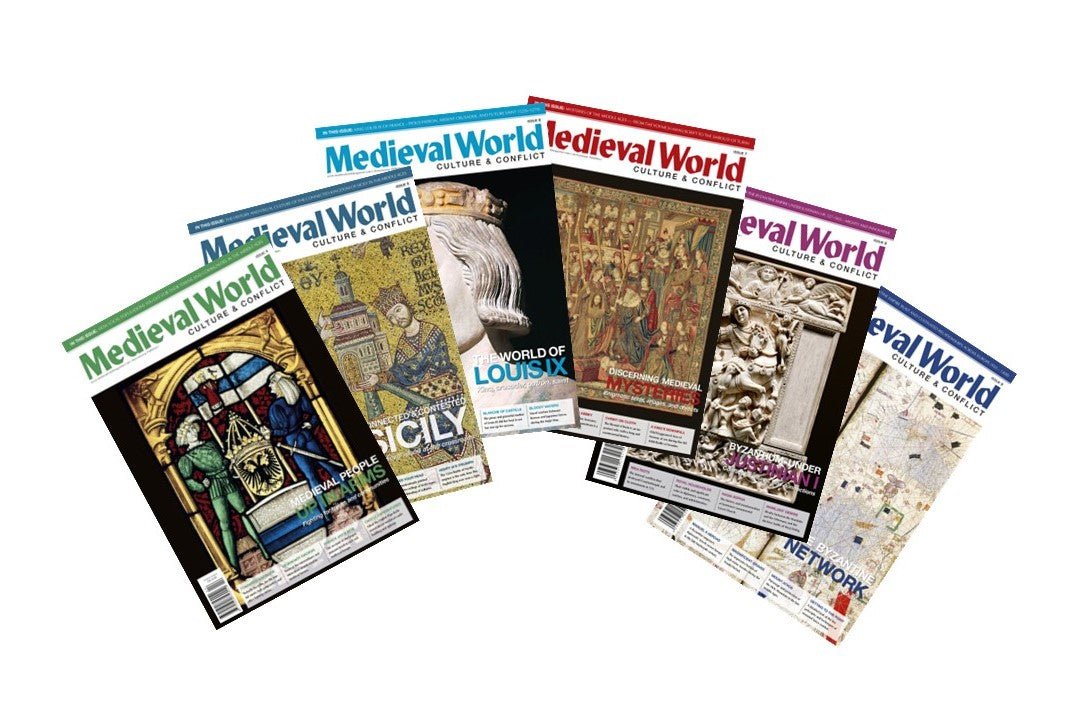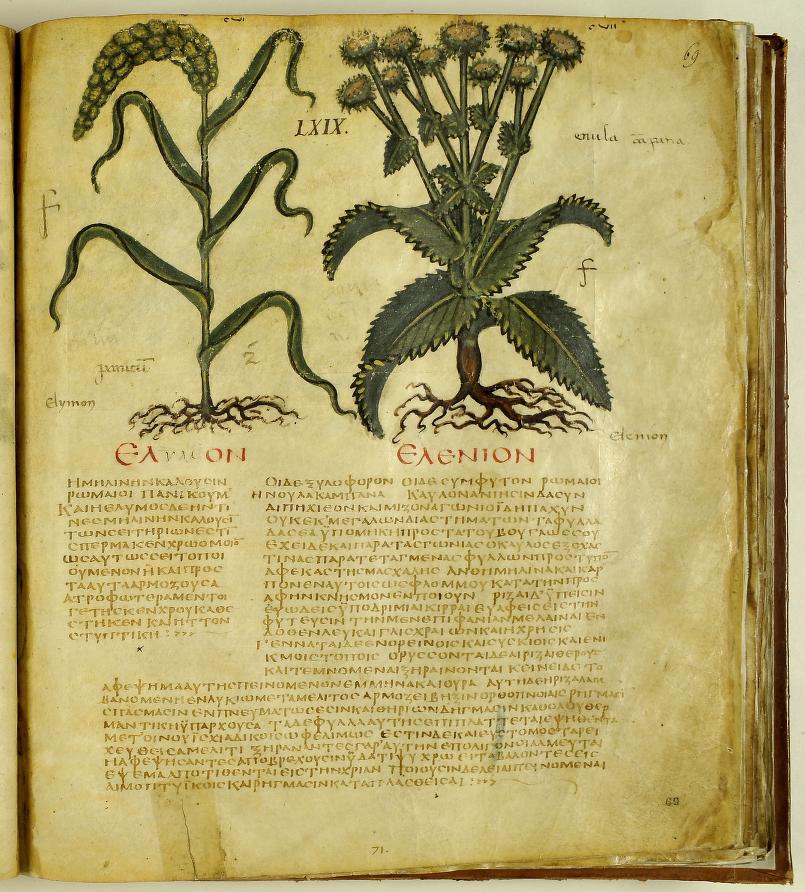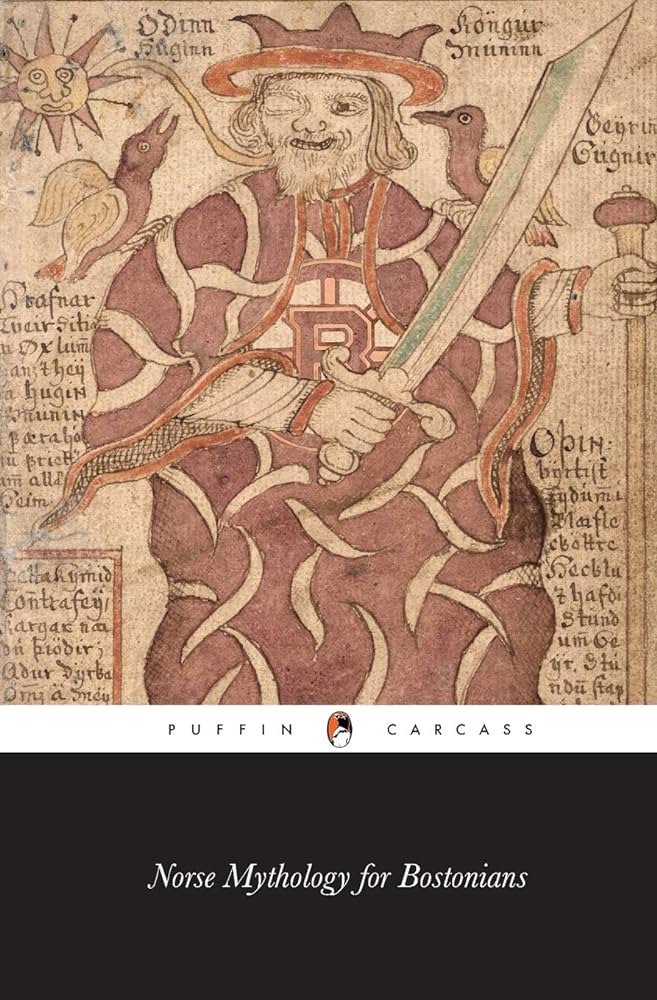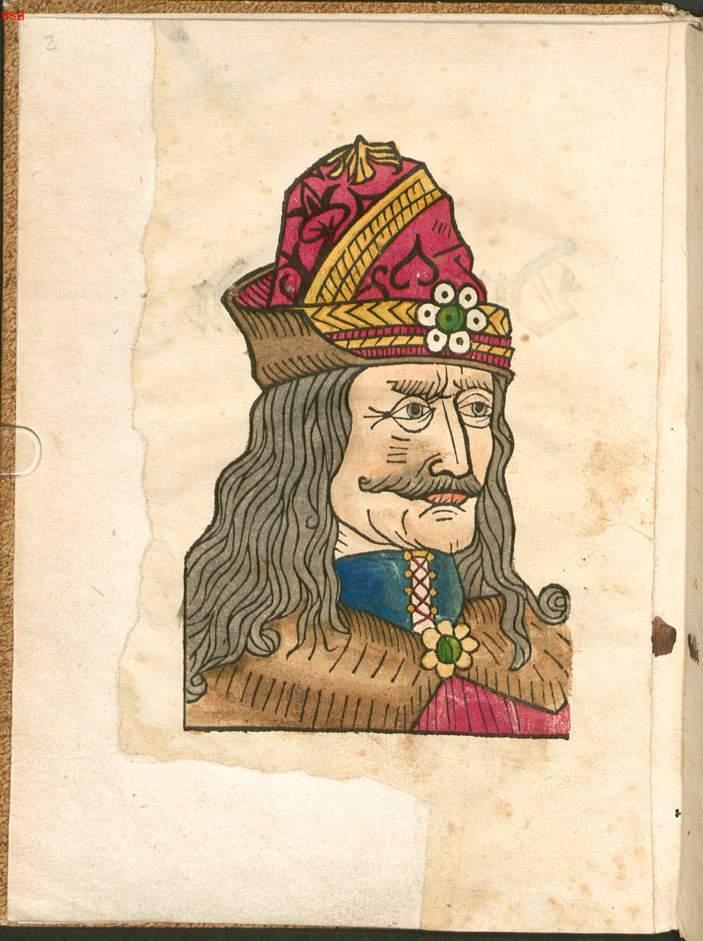Edward I’s Invasion of Wales, according to the Chronicle of Six Ages of the World
The English conquest of Wales in 1282-3 was a much remembered event, both by English and Welsh writers. The following is a 16th century account by Elis Gruffydd, a Welsh soldier and official who spent most of his career working in England. Around the year 1552 he completed his chronicle Cronicl o Wech Oesoedd (Chronicle of the Six Ages), a massive history running 2,400 manuscript folios.
In the following section, translated by Thomas Gerald Hunter, Gruffydd recounts Edward’s invasion and the death of the Welsh Prince Llywelyn ap Gruffudd. He indicates that he used both English and Welsh sources, which disagree on some of the events:
And in the 11th year of the reign of king Edward the first, he caused a large host to be raised in Cheshire and in Lancashire, for whom he ordered ships to bring them by water from Liverpool to Gwynedd uwch Conwy. And he ordered another host to go along the land through Gwynedd Is Conwy to go to destroy Castell Eryri, or the Castle of Aberconwy, which the prince [Llywelyn] and his brother had strengthened and supported soundly with armed men and walls and provisions. As my author has written, these two hosts came to [this] place with a great supply of various engines with the intention of winning the castle by strength of assault...
And as soon as the prince saw that he was not able to hold the castle for himself a moment longer, he set his mind on escaping through the host to the mountain. And thus on a misty morning he slipped out of the castle with certain of his people with him. At this time, as my copy shows, he escaped unhurt through the siege. However, the history shows that, through bad luck and disaster, he happened to meet a knight from the host, who, as some of the books show, was called Sir Edmund Mortimer (and others show that Sir Roger Mortimer was his name), who swiftly attacked the prince and his people. After a long fight, this [knight] struck the prince with a two-handed sword across his neck, [and] with the stroke he cut the prince's head off of his body, which, as the English chronicle shows, Mortimer sent as a present to the king, who was in Rhuddlan at that time.
From that place, the Englishmen say, the king had it sent to London, and had it placed on a cross-beam over one of the city's gates. However, the chronicle from Wales shows that Sir Dafydd and his people came suddenly upon Mortimer, who was [then] forced to leave the body and the head on the field and flee swiftly to the [main] body of the host. At that time Sir Dafydd and his people took the body of the prince, which was buried within a certain amount of time in the monastery of Aberconwy in the tomb or resting-place of his father, Iorwerth Drwyndwn.
On his grave a Welsh poet wrote these lines in metrical verses:
The mighty heroic defender,
Llywelyn the prince and the praise-worthy ruler,
and by the strength of swords,
keeper of virtues,
and of every sort of man,
and the flower of lords,
Who to death, without favor,
Payed his true debt,
mirror of [all] princes and lords of our nation
who ever were and who will be —
duke, prince,
and noblemen —
to hold the law over good men,
he was the most just.
In this grave, I say,
lies a prince, the brightness of the light.
To this place an English poet or versifier came, who fashioned these words in meter and wrote them on the grave in English:
Here lies of error the prince, if you will,
thief and robber and traitor to Englishmen,
a dim brand, a sect of evil-doers,
God of Welshmen ever
without skill in slaying the good, and leader of the bad,
lastly rewarded as he deserved had,
of Trojans' blood the dross and not the seed,
a root of falsehood and cause of many an ill deed.
Here it clearly shows that no one should place too much belief in any of the two, neither in the praise and eulogy of friends, nor in the mockery and satire of enemies.
This section is from Thomas Gerald Hunter’s PhD Dissertation The Chronicle of Elis Gruffydd, which he finished at Harvard University in 1995. The dissertation examines the work Gruffydd and includes translations of some sections of the chronicle.
You can also view the manuscripts digitally at the National Library of Wales website.
If you want to know more about Edward I’s Invasion of Wales, check out our issue VIII.2, which focuses on the war and English strategy to conquer the Welsh.

